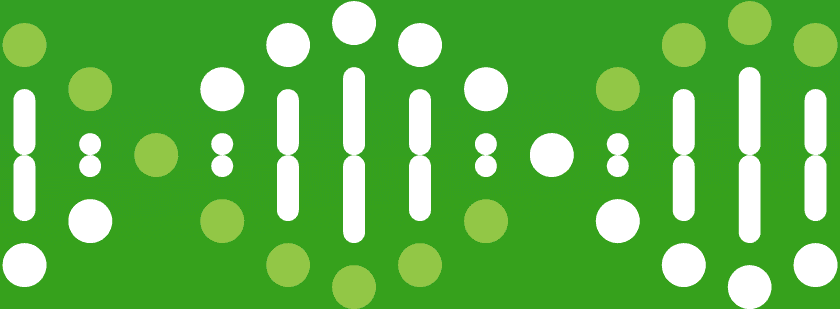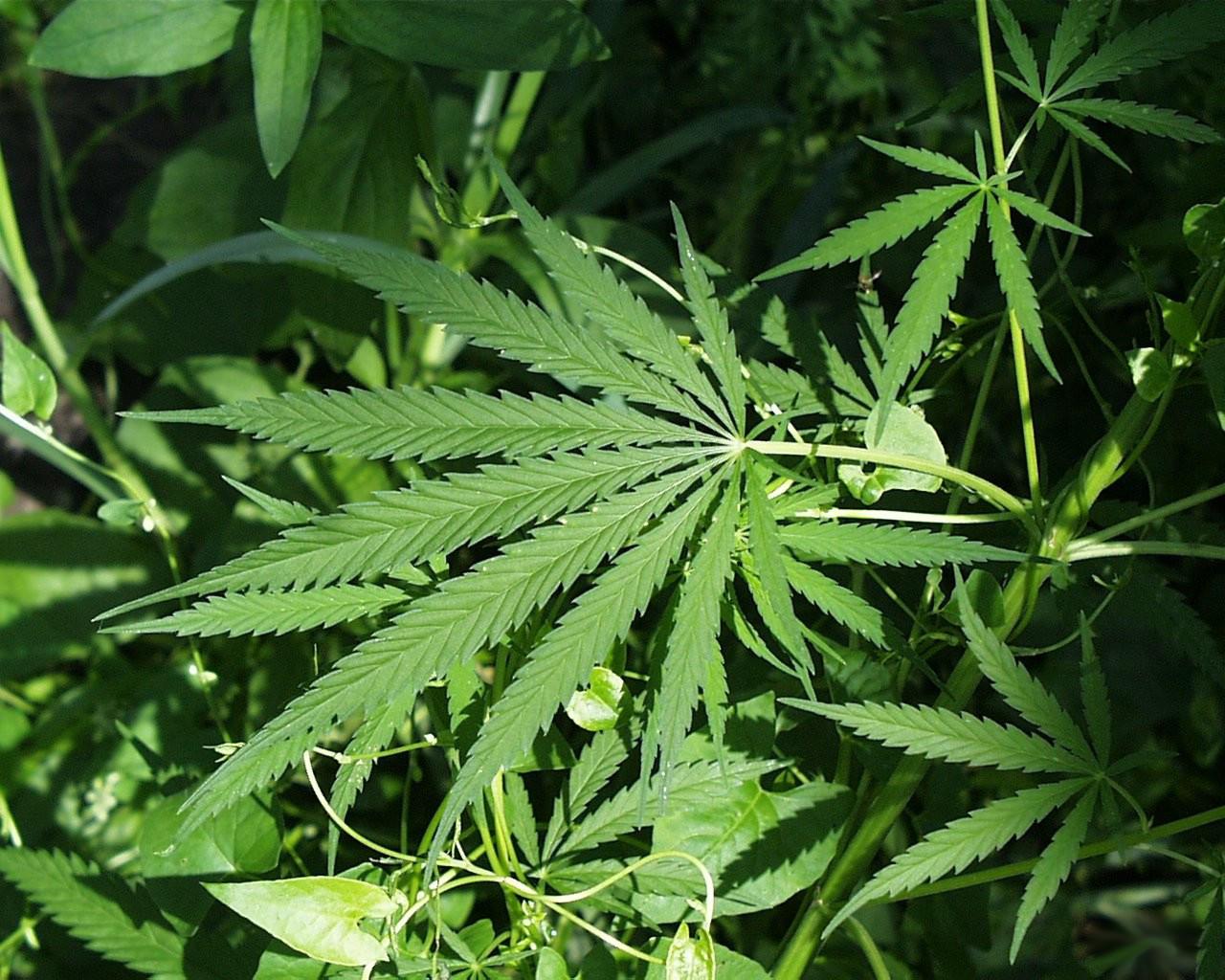This interview is part of an occasional series of profiles introducing you to the people behind 23andMe’s  content curation team. This team of 23andMe scientists has the unique job of determining which genetic associations will be reported to customers. Their rigorous process of combing through scientific literature, vetting genetic information and ensuring that published scientific findings meet our standards for inclusion, directly impacts what you see when you log into your 23andMe account.
content curation team. This team of 23andMe scientists has the unique job of determining which genetic associations will be reported to customers. Their rigorous process of combing through scientific literature, vetting genetic information and ensuring that published scientific findings meet our standards for inclusion, directly impacts what you see when you log into your 23andMe account.
“Genetic information is becoming available on a scale not really seen in other places in biology.”
What were you researching before you joined 23andMe?
Prior to 23andMe, I worked in UCSF’s Weiner Lab, which is a cell biology lab that studies neutrophil chemotaxis. This is the process where a neutrophil, a type of white blood cell, moves toward a chemical cue – in this case, waste products from bacteria. It’s an impressive feat of signal processing. These cells have to be able to detect weak chemical cues in very noisy environments. In the lab, I spent a lot of time tracking cells and the movement of proteins within the cell using a fluorescence microscope.
Even though we were studying very basic movements, this process has implications in certain diseases and conditions. I was drawn to the kind of research where you eventually see an application for what you’re working on, and that’s one reason 23andMe was appealing to me. Also toward the end of my Ph.D. process, genetic data started to become available at a scale that wasn’t previously possible, and I knew I wanted to work with a company that was using large volumes of genomic data in new ways.
From: New Hampshire
Education:
BS, Physics at MIT
PhD, Biophysics at UC, San Francisco
Fun Fact: I spent 2.5 years of grad school without Internet or TV at home. It started as laziness after moving to a new apartment, but I quickly grew to like the feeling of being “unplugged” when I came home from lab.
Why are you excited about genetics?
I’m excited about the falling costs and amount of genetic data that’s becoming becoming available on a scale not really seen in other places in biology. While you do see this kind of data and analysis in physics, that feels a lot more distant from everyday experiences.
I’m also intrigued by the idea of finding rare individuals who have genetic mutations that can give insight into possible mechanisms of disease, and even potential targets for developing drugs. A lot of big scientific discoveries happen because we find a rare person with a unique phenotype, typically these are individuals with a disease, but sometimes they include “superhumans” who have some unique advantage. For example, there are people with a specific genetic mutation that makes them unable to feel pain in peripheral nervous system. That’s become a big target for drug companies to develop painkillers with fewer side effects.
Tell us about a recent breakthrough in genetics research that you think will have a big impact.
Recent technologies for genome editing, such as CRISPR-Cas9, are particularly exciting. Genome sequencing costs have been falling in a well-publicized and much deserved manner, but being able to read DNA is only half the battle.
Genome editing is interesting right now because so far we’ve just been observing what’s been made in nature. Even if all ~7 billion people were sequenced, only a limited set of mutations would show up. But with genome editing, you can make a specific mutation and test hypotheses about what causes different diseases and conditions. Someday this technology could be used to develop cures.
What’s one thing the average consumer should know about genetics?
It’s important to know that genetics are only one part of what shapes the way we are. Environmental factors can play a much larger role for some conditions, and so a genetic result should be put into context by how much of the effect is due to those genetic factors.
What’s challenging about your job?
At 23andMe we’re very focused on finding the kind of information that’s useful and interesting to consumers. Right now, the format in which that data exists is very messy because scientists report and share information in lots of different ways. Our team is responsible for taking the data from all these different places, in different technologies and formats, and translating it for the 23andMe customers. It’s challenging to filter through the science and prioritize what’s important and interesting.
Did you learn anything surprising from your 23andMe results?
One of the most interesting genetic results I received was from a preliminary report that predicted I’d be good at avoiding errors.



